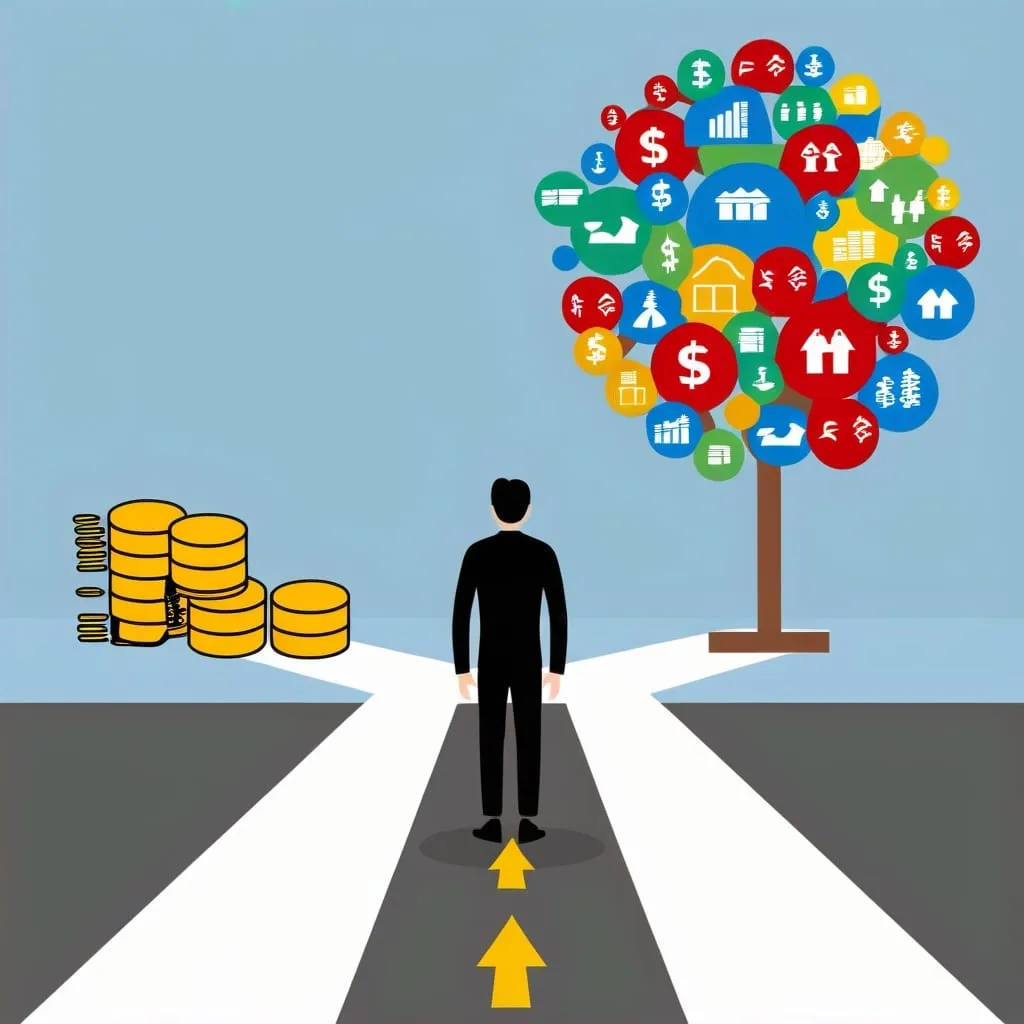In today’s fast-paced business environment, the concept of data democratization is reshaping how organizations make decisions. This shift is not just about making data available; it’s about empowering every employee, regardless of their technical background, to access and utilize data effectively. As we explore the trends transforming business decision-making through data democratization, we will uncover how these changes are flattening traditional hierarchies and accelerating decision cycles.
One of the most significant trends in data democratization is the rise of self-service analytics platforms. These tools are designed to enable non-technical employees to access company data without needing to rely on IT or specialized data teams. Imagine a marketing manager who can pull real-time sales data to assess the effectiveness of a campaign without waiting for a report from the analytics team. This immediate access to data fosters a culture of agility and responsiveness, allowing teams to make informed decisions quickly. As the famous quote by Peter Drucker states, “What gets measured gets managed.” When employees can measure their performance through accessible data, they can manage their strategies more effectively.
However, the implementation of self-service analytics is not without its challenges. Organizations must ensure that employees are equipped with the necessary training to interpret data correctly. This leads us to the second trend: simplified data visualization tools. These tools convert complex data sets into intuitive visual formats, making it easier for employees to derive actionable insights. Think about how a well-designed dashboard can transform a sea of numbers into clear graphs and charts. This visual representation not only enhances understanding but also encourages a data-driven mindset across the organization.
As we embrace these tools, we must ask ourselves: How can we ensure that everyone in the organization feels comfortable using them? The answer lies in fostering a culture of data literacy. By providing training and resources, organizations can empower employees to become proficient in data interpretation. This cultural shift is essential for maximizing the benefits of data democratization.
Another critical trend is the emergence of automated reporting systems. These systems provide real-time performance metrics across departments, allowing for a seamless flow of information. Imagine a retail company where inventory levels, sales figures, and customer feedback are updated in real-time, enabling teams to respond to market changes instantly. This level of transparency not only enhances operational efficiency but also improves customer responsiveness. As the saying goes, “In the age of information, ignorance is a choice.” Organizations that choose to embrace automated reporting are making a conscious decision to stay informed and agile.
Yet, with great power comes great responsibility. As organizations democratize data access, they must also implement collaborative data governance frameworks. These frameworks balance accessibility with security, ensuring that sensitive information is protected while still allowing employees to access the data they need. This is particularly important in industries like finance and healthcare, where data privacy is paramount. The challenge lies in creating a governance model that is both flexible and robust, allowing for innovation while safeguarding against potential risks.
As we consider these trends, it’s essential to reflect on the quantifiable benefits of data democratization. Organizations that have embraced these changes report reduced reporting lag times and improved cross-functional collaboration. For instance, a manufacturing company that democratized its data access found that teams could identify inefficiencies in production processes much faster, leading to significant cost savings. Similarly, retailers that leverage real-time data insights can optimize inventory management, reducing stockouts and enhancing customer satisfaction.
However, the journey toward data democratization is not without its hurdles. Resistance to change is a common challenge, as employees may be accustomed to traditional decision-making processes. To overcome this, organizations must cultivate a culture that values data-driven decision-making. This involves not only providing the right tools but also encouraging employees to embrace a mindset of curiosity and experimentation. As Albert Einstein famously said, “The measure of intelligence is the ability to change.” Organizations that foster adaptability will be better positioned to thrive in an increasingly data-driven world.
In conclusion, the trends of self-service analytics, simplified data visualization, automated reporting, and collaborative data governance are transforming business decision-making. By flattening traditional information hierarchies and accelerating decision cycles, data democratization empowers employees at all levels to make informed choices. As we navigate this landscape, we must remain mindful of the challenges and opportunities that lie ahead. The question we should all be asking is: How can we harness the power of data to drive innovation and create a more agile organization? The answer may very well define the future of business.






